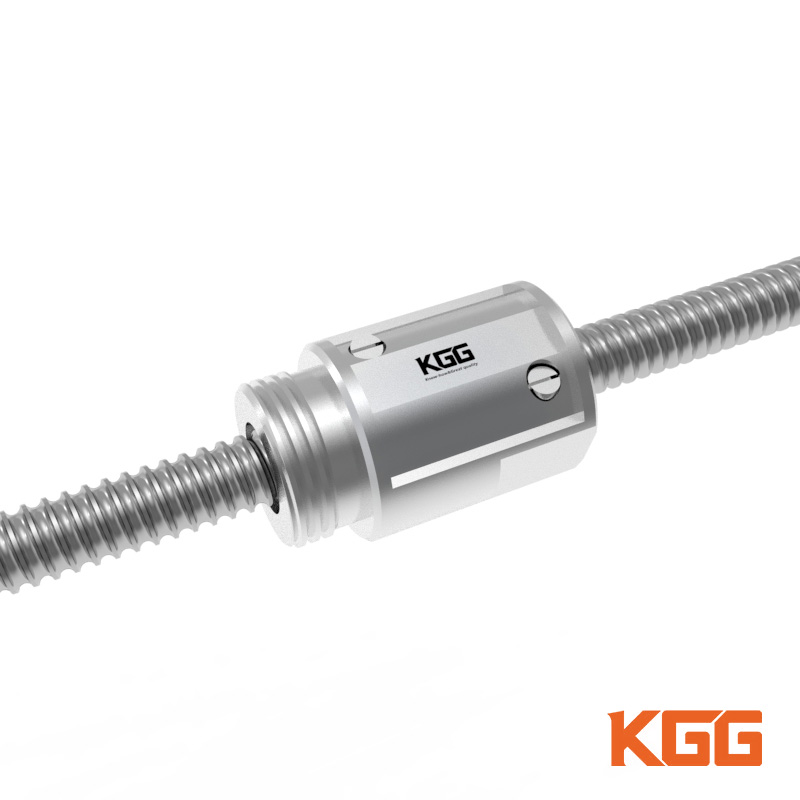Automotive Ball screw Market Size And Forecast
Automotive ball screw market revenue was valued at USD 1.8 Billion in 2024 and is estimated to reach USD 3.5 Billion by 2033, growing at a CAGR of 7.5% from 2026 to 2033.

Automotive Ball Screw Market Drivers
One of the key factors driving growth in the automotive ball screw market is the increasing emphasis on vehicle safety and precision control systems. Ball screws are essential components in steering and braking systems, providing superior reliability and responsiveness compared to traditional mechanical linkages. As automotive manufacturers focus on integrating advanced driver assistance systems and autonomous driving technologies, there has been a notable rise in demand for precise and efficient ball screw mechanisms. This trend is further supported by the growing adoption of Electronic Power Steering (EPS) systems, which depend significantly on ball screw technology to ensure smooth and accurate steering feedback.

Another important aspect contributing to market expansion is the transition towards electric and hybrid vehicles, which demand lightweight, compact, and energy-efficient components. Ball screws—especially those made from innovative materials like composites and aluminum alloys—are well-suited to meet these demands by offering high load-bearing capacity without compromising on weight. Additionally, environmental regulations aimed at reducing emissions and enhancing fuel economy are encouraging manufacturers to embrace ball screw systems that optimize mechanical efficiency. The continuous innovation in manufacturing techniques, such as precision grinding and rolling processes, also play a vital role in producing higher-quality ball screws, thereby broadening their range of applications.
Automotive Ball screw Market Trends
The market is currently experiencing an encouraging trend towards the adoption of smart ball screws that are equipped with sensors to monitor performance in real-time. This innovative approach enables predictive maintenance and significantly reduces downtime. This integration of Internet of Things (IoT) technologies within automotive components is transforming traditional ball screw systems into intelligent, connected devices. Additionally, manufacturers are increasingly adopting eco-friendly materials and sustainable manufacturing processes to align with global environmental standards and meet consumer expectations for greener vehicles.
Another prominent trend is the customization and specialization of ball screw designs tailored to specific automotive applications. For instance, specialty ball screws designed for electric and hybrid vehicles focus on reducing noise, vibration, and harshness (NVH), enhancing passenger comfort. Meanwhile, advancements in surface treatments and coatings are contributing to improved lifespan and corrosion resistance of ball screws, particularly in challenging operating environments. Additionally, we are seeing a growing trend of collaboration between automotive OEMs and ball screw manufacturers aimed at innovating and optimizing products for next-generation vehicles.


Automotive Ball screw Market Future Outlook
The future outlook for the automotive ball screw market looks quite promising, as we continue to witness innovation and a growing demand for smarter, lighter, and more efficient components. The integration of ball screws with electronic control units and sensor technology is anticipated to redefine their role within electric and autonomous vehicles, enabling enhanced vehicle dynamics and safety features. Continuous research and development efforts in material science and manufacturing techniques are likely to yield ball screw variants that offer superior wear resistance, reduced maintenance needs, and higher operational speeds, further broadening their application potential.
Moreover, the increasing trend toward vehicle electrification and the shift towards sustainable transportation solutions will help sustain the demand for advanced ballscrew systems. Collaborative ventures between automotive OEMs and ball screw manufacturers will drive customized solutions tailored to emerging vehicle platforms, including connected and autonomous vehicles. Additionally, the growth of aftermarket services alongside an increase in vehicle lifespan will contribute to steady demand. Overall, we anticipate that the market will evolve significantly due to technological advancements, regulatory pressures, and changing consumer preferences shaping its trajectory over the next decade.
For more detailed product information, please email us at amanda@KGG-robot.com or call us: +86 152 2157 8410.
Post time: Aug-04-2025






